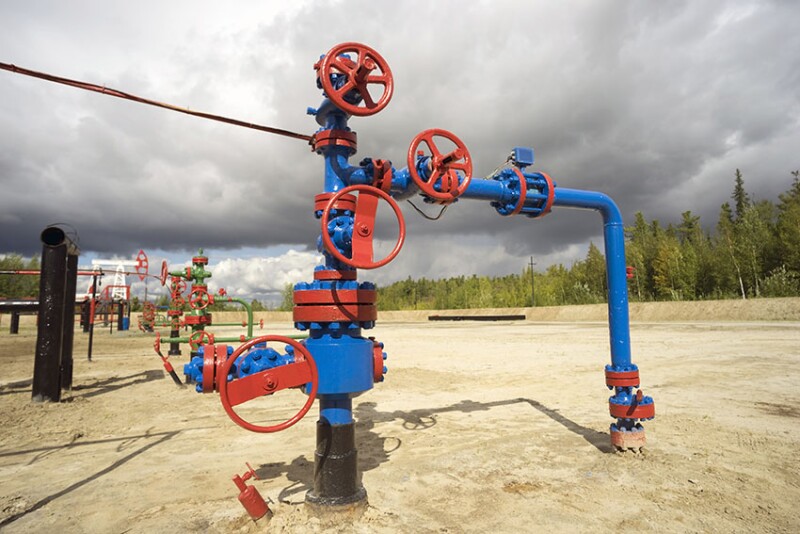完整的论文提出了一种基于混合数据驱动和基于物理的工作流程的人工举升定时和选择(ALTS)方法。所提出的方法能够一致地预测未来非常规油藏流入动态关系(IPR),并允许对具有多种升力类型和设计的非常规油藏的 ALTS 场景进行持续评估。事实证明,持续使用该工艺可以提高产量、减少延期生产并延长电梯设备的使用寿命。
介绍
工作流程的目的是最大限度地发挥油井的积极经济影响。作者写道,据他们所知,现有方法不包括地下性能的影响。

完整的论文提出了一种基于混合数据驱动和基于物理的工作流程的人工举升定时和选择(ALTS)方法。所提出的方法能够一致地预测未来非常规油藏流入动态关系(IPR),并允许对具有多种升力类型和设计的非常规油藏的 ALTS 场景进行持续评估。事实证明,持续使用该工艺可以提高产量、减少延期生产并延长电梯设备的使用寿命。
工作流程的目的是最大限度地发挥油井的积极经济影响。作者写道,据他们所知,现有方法不包括地下性能的影响。

The complete paper presents an artificial lift timing and selection (ALTS) methodology based on a hybrid data-driven and physics-based work flow. The proposed method predicts future unconventional reservoir inflow performance relationship (IPR) consistently and allows for continuous evaluation of ALTS scenarios in unconventional reservoirs with multiple lift types and designs. Continuous use of this process has been shown to improve production, reduce deferred production, and extend the life of lift equipment.
The intent of the work flow is to maximize the positive economic impact of a well. The authors write that, to their knowledge, incumbent methods do not include the effect of subsurface performance.
